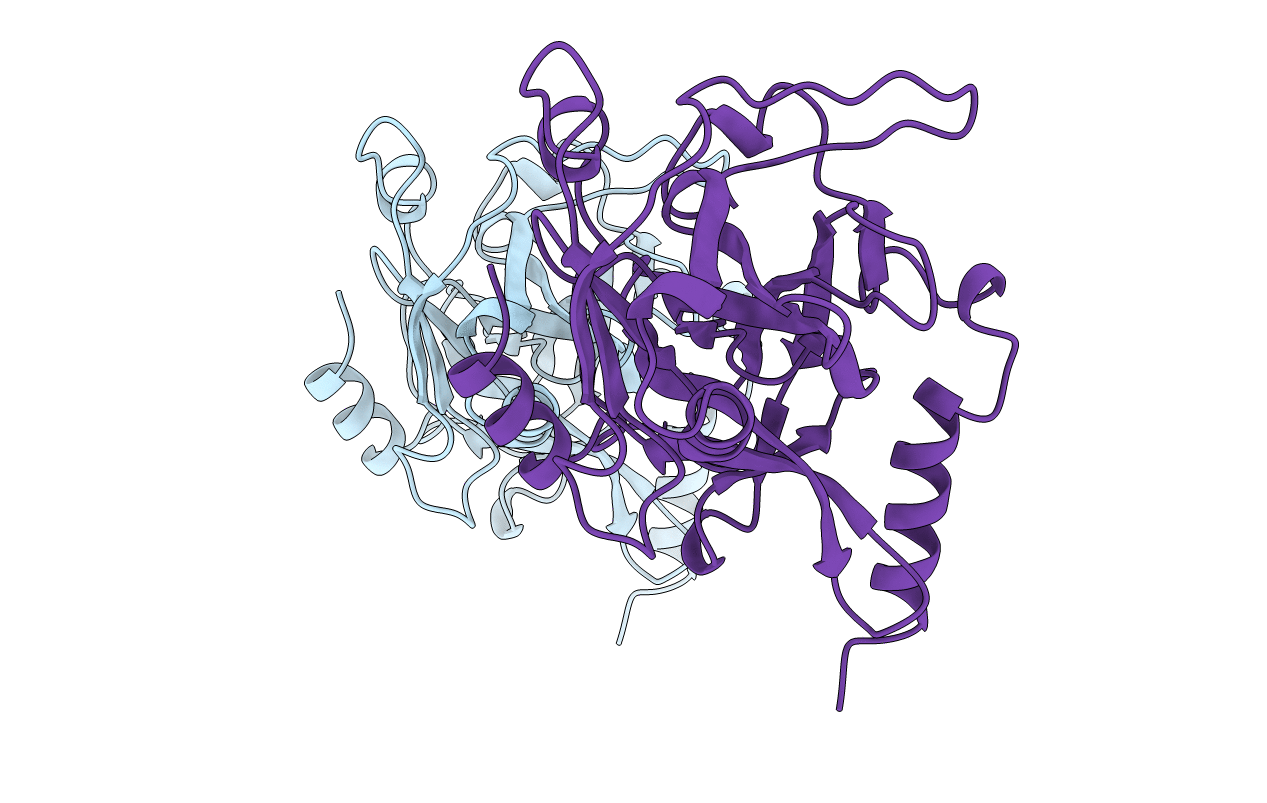
Deposition Date
1997-03-25
Release Date
1997-09-26
Last Version Date
2024-02-07
Method Details:
Experimental Method:
Resolution:
1.70 Å
R-Value Free:
0.23
R-Value Work:
0.18
R-Value Observed:
0.18
Space Group:
P 1 21 1


